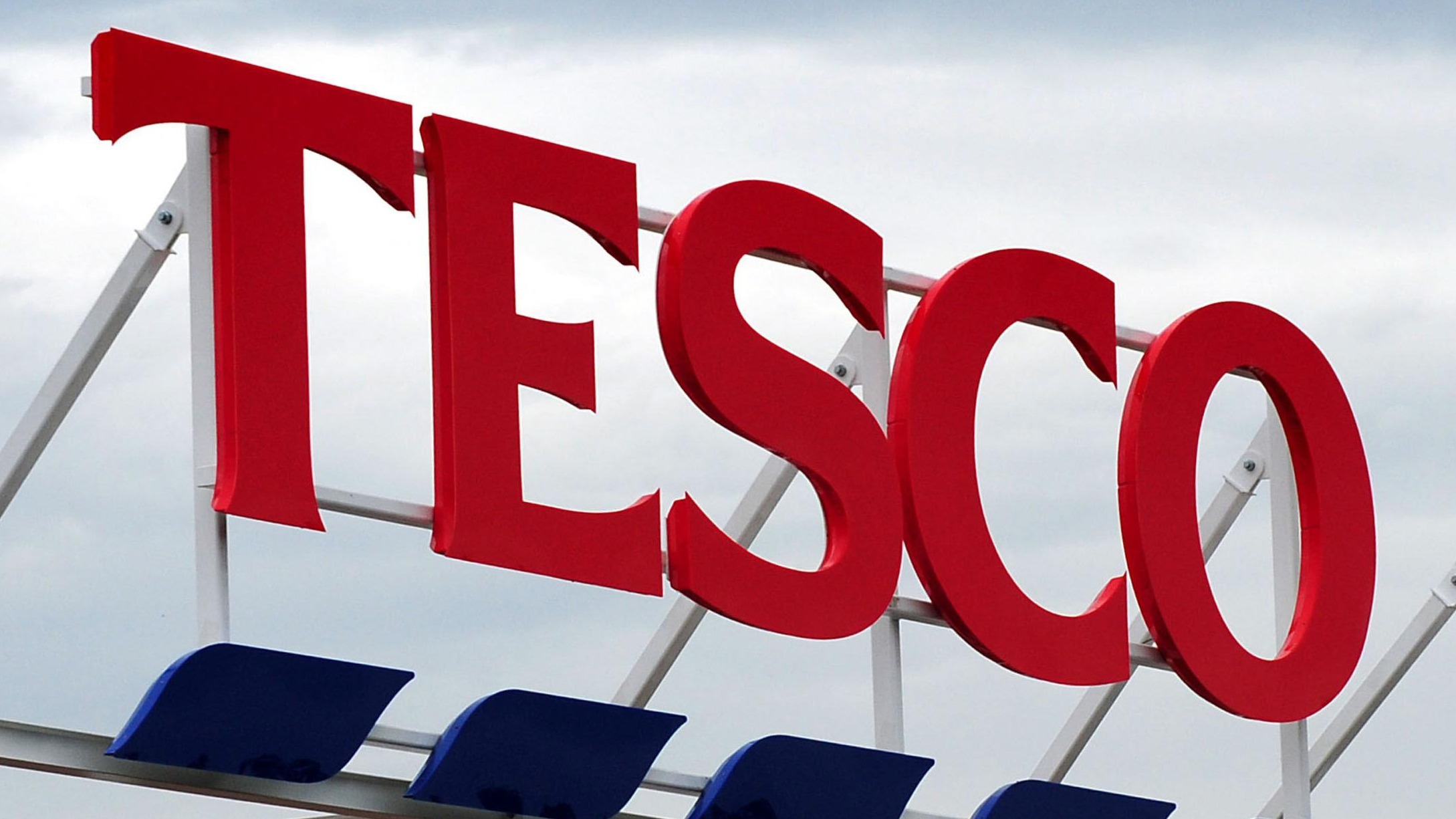
Investment products have long had to produce short-form information for investors. The year 2018 saw the latest attempt at enhancing these disclosures across the European Union. It comes in the form of the Packaged Retail Insurance and Investment Products, or PRIIPs, Regulation, which introduced the new Key Information Document, or KID.
Reminiscent of the famous quote, oft attributed to Mark Twain, ‘I didn’t have time to write a short letter, so I wrote a long one instead’, making these documents both concise and useful to investors is no easy task.
Generally, though, previous iterations, from a Key Features Document to a Simplified Prospectus to a Key Investor Information Document, or KIID, have each been an improvement on what went before.
However, the bar may never have been particularly high, considering various research indicating that investors generally rely much more on, and place more value on, the nonregulated fact sheets with which most asset managers market their products.
The Regulation of the European Parliament and Council includes an obligation on PRIIPs manufacturers to state at the top of each KID that ‘The information is required by law to help investors understand the nature, risks, costs, potential gains and losses of a product and help compare it with other products.’
And it is a very tall order because it puts multiple forms of product structures on a level playing field. Now, a much broader set of investment product managers must produce KIDs, unlike the predecessor documents that were predominantly only required for open-end investment funds.
We applaud the aims of the KID, but conclusion is that, in its current form, the KID misses the mark and may do investors more harm than good.
There is however, opportunity to make the key information of investment objectives, and benchmarks, performance, risk, and cost much more comprehensible and helpful to investors.
Key Takeaways for Investors
- Beware of comparing the KIDs of different types of PRIIPs, such as: listed closed-end funds, life assurance investment bonds, and structured products— the costs, risk, and performance scenarios will likely have been calculated in different ways.
- Be especially careful when comparing open-ended investment funds, including UCITS, with other types of PRIIPs. Until 2020, most funds must continue publishing a different Key Investor Information Document—a KIID rather than a KID. They provide similar but different and incomparable information.
- Note that, confusingly, the KIID has an identical looking but very differently calculated indicator of risk and an ‘ongoing charge’ figure that is different from the ‘ongoing costs’ figure on a KID.
- Be aware that if UCITS start producing KIDs as currently scheduled in 2020, the apparent riskiness of many will likely appear to decrease because of the calculation methodology differences between the risk indicator on the old KIID and new KID.
- Mind that those investors wishing to see an indication of a product’s past performance will have to reference other literature produced by the product’s manufacturer, such as a fact sheet, or consult independent third-party sources of performance information.
- Do not base any decisions on the published performance scenarios. These scenarios are projected from each product’s past performance data and will be higher after a sustained period of good returns than after a down period. Be cautious about feeling more encouraged to invest at a less desirable time because, all else being equal, the inverse is likely, in that future gains after an up period will be less than after a down period.
- Be cautious of the risk indicator and performance scenarios when considering investing in a PRIIP that is listed on an exchange, such as a closed-end fund. Both are based on the past stock price, which can give misleading results:
- Because of various factors, the exchange price of a listed fund may be more or less than the value of the fund’s underlying investment holdings. Known as the premium/discount, it adds an extra dimension to the volatility, which can distort the figures quoted in performance scenarios.
- Venture capital funds invest in startup businesses that have a high failure rate. Because these funds’ shares are often thinly traded, the stock price may not move much or often and will therefore result in a Summary Risk Indicator, or SRI, lower than generally accepted lower-risk funds.
- Note that KIDs must be republished at least annually. The risk, performance scenarios, and costs displayed could change dramatically overnight once an updated KID is published.
- Look at KIDs as perhaps most useful for investors considering structured products, as the performance scenario information aids understanding of how these products’ predetermined criteria will affect the value of the investment in different market conditions.
Know that although the new expanded cost disclosures on a KID are a step in the right direction, caution is needed because what the information is conveying is not always intuitive.





























